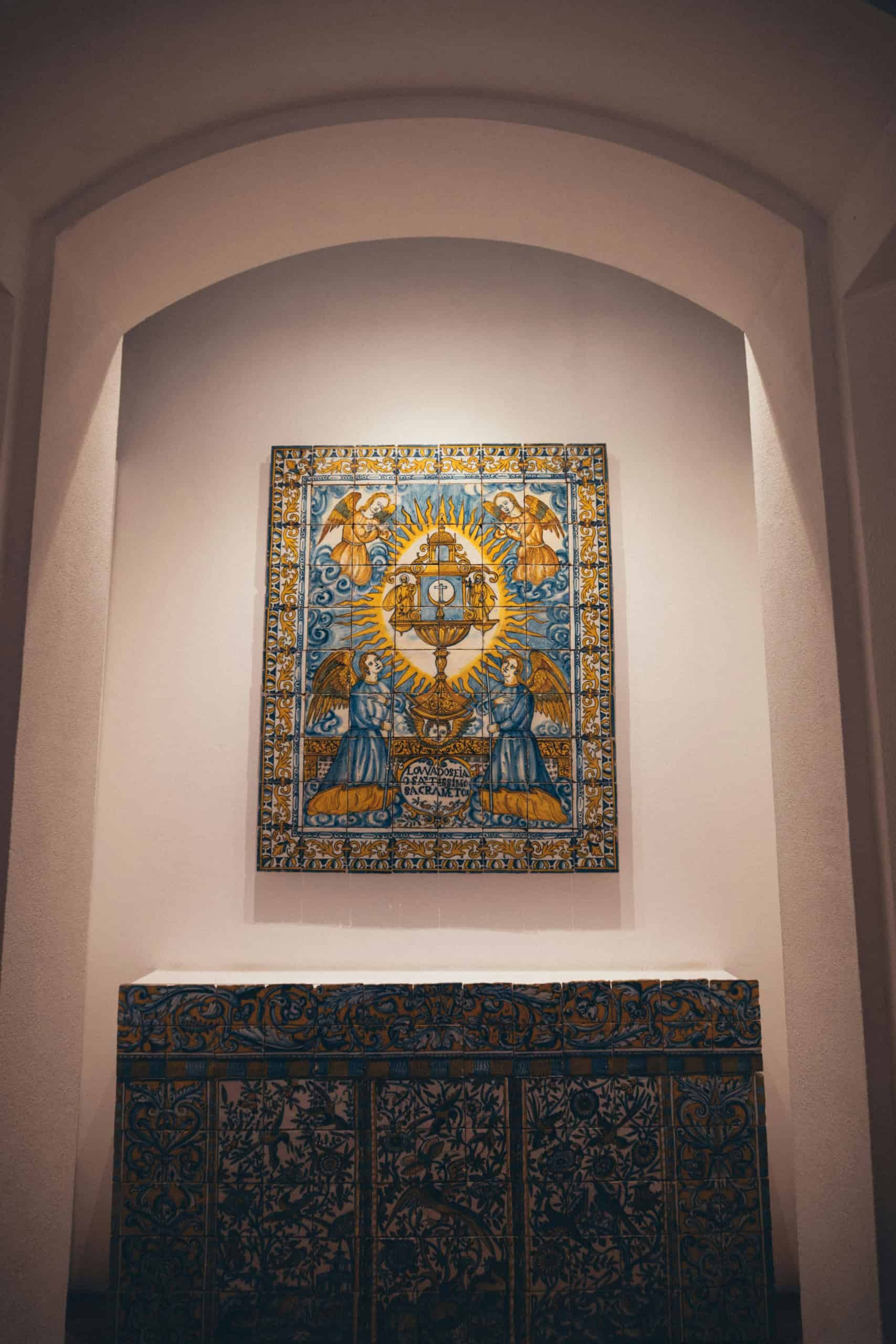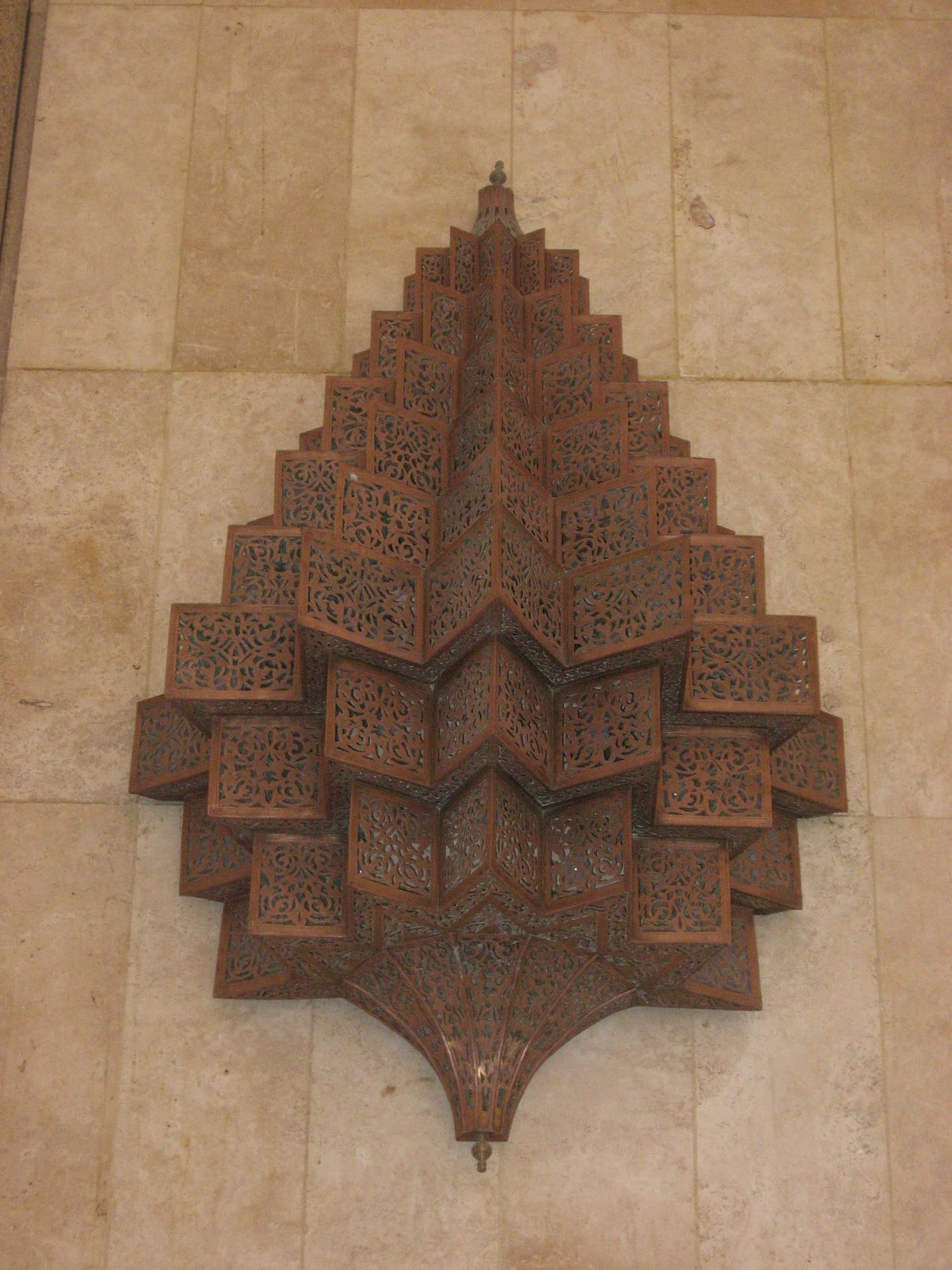Where Do Arabs Come From? Tracing the Origins and Expansion of Arab Peoples
1. Introduction
The Arabs originated in the Arabian Peninsula, but through centuries of migration, trade, conquest, and cultural exchange, Arab identity has expanded far beyond its original homeland.
Today, the term Arab describes not a single race or ethnicity, but a shared linguistic and cultural identity rooted in the Arabic language and its rich historical legacy.
2. The Early Roots of Arab Peoples
a. Semitic Origins
Arabs belong to the broader family of Semitic-speaking peoples, whose ancient branches include the Akkadians, Canaanites, Aramaeans, and Hebrews.
All Semitic languages—including Arabic, Hebrew, and Aramaic—descend from a Proto-Semitic language spoken in the ancient Middle East over 5,000 years ago.
According to Wikipedia and the National Institutes of Health (NIH), genetic and linguistic evidence links early Arabs to populations that lived between Mesopotamia and the Arabian Peninsula.
b. Pre-Islamic Arabia
Before the rise of Islam in the 7th century CE, Arabia was inhabited by numerous tribal societies—some nomadic (Bedouin), others settled in oasis towns or coastal trade centers.
| Region | Key Characteristics |
|---|---|
| Northern Arabia | Home to tribes tracing their ancestry to ʿAdnān, associated with the lineage of the Prophet Muhammad. Early inscriptions identify Arabs around the Syrian Desert and northern Arabian frontiers as early as the 9th century BCE. |
| Southern Arabia | Known for the ancient Sabaean, Himyarite, and Qatabanian kingdoms (modern Yemen and Oman). These were agricultural and trading civilizations tied to incense and spice routes. Southern Arabs traditionally trace their ancestry to Qaḥṭān, known as the “pure” (al-ʿArab al-ʿĀriba) Arabs. |
Britannica and The University of Arizona note that “Arab” originally referred to the Bedouin peoples of the Arabian Desert, whose dialects evolved into Classical Arabic.
c. Cultural and Linguistic Formation
By the 1st century CE, Arabic had emerged as a distinct Semitic language.
The tribes of Arabia—connected by poetry, oral storytelling, and trade—shared a growing sense of linguistic and cultural unity long before Islam.
The word “Arab” (ʿArab) first appeared in Assyrian inscriptions (9th century BCE) to describe desert-dwelling tribes near the Euphrates.
3. The Islamic Expansion and Arabization
a. 7th-Century Expansion
The rise of Islam under the Prophet Muhammad (570–632 CE) transformed the Arabian tribes into a powerful and united civilization.
The Islamic conquests (7th–8th centuries) spread Arabic language and culture across the Middle East, North Africa, and parts of Europe and Asia.
| Region Reached | Cultural Outcome |
|---|---|
| Levant & Mesopotamia | Arabic replaced Aramaic and Greek as the dominant language. |
| North Africa | Indigenous Berber populations gradually adopted Arabic while preserving local traditions. |
| Iberian Peninsula (Al-Andalus) | Arabic became a leading language of science, philosophy, and architecture. |
As Wikipedia’s History of the Arabs notes, by the 9th century CE, Arabic-speaking communities had become established across three continents.
b. The Process of Arabization
Arabization did not occur through forced assimilation, but largely through language adoption and intermarriage.
Non-Arab populations gradually adopted Arabic for trade, religion, and governance—creating a shared identity that transcended ethnicity.
ADC (American-Arab Anti-Discrimination Committee) defines being Arab today as a linguistic and cultural affiliation, not a genetic one.
4. Genetic and Regional Diversity Among Arabs
Centuries of migration and intermixing have made Arabs one of the most genetically diverse populations in the world.
Modern studies, including those published by the NIH and Wikipedia, identify distinct genetic clusters across regions:
| Arab Group | Genetic and Cultural Traits |
|---|---|
| Peninsular Arabs (Saudi Arabia, Yemen, Oman) | Closest genetic link to ancient Arabian inhabitants; strong tribal and linguistic continuity. |
| Levantine Arabs (Palestine, Jordan, Lebanon, Syria) | Genetic overlap with Eastern Mediterranean and ancient Canaanite populations. |
| North African Arabs (Morocco, Algeria, Tunisia, Libya) | Blend of Arab, Berber, and Mediterranean ancestry due to centuries of intermarriage and migration. |
| Iraqi and Gulf Arabs | Reflect ancient Mesopotamian and Persian gene flows, mixed with Bedouin ancestry. |
Genetic research (NIH 2023) confirms that the term Arab denotes a shared identity, not a uniform genetic profile.
5. The Arab Identity Today
a. Linguistic and Cultural Unity
Arabic remains the unifying force among Arabs worldwide. It carries deep literary, religious, and cultural significance—especially because of the Qur’an, which standardized Classical Arabic.
b. Diversity Across Nations
Modern Arab populations span 22 countries, each with distinct dialects, cuisines, and traditions—yet all identify within a broader Arab framework.
c. The Arab Diaspora
Significant Arab communities now live across Europe, the Americas, and East Africa, continuing to contribute to science, art, and business while maintaining linguistic and cultural ties to their origins.
6. Conclusion
Arabs trace their origins to the Arabian Peninsula, but their story is one of migration, cultural adaptation, and linguistic expansion.
Over millennia, the Arabic language became the vessel for shared identity—uniting people across continents, faiths, and ethnicities.
Today, to be Arab means belonging to a diverse, global civilization shaped by history, faith, and language—not by a single ancestry or geography.






